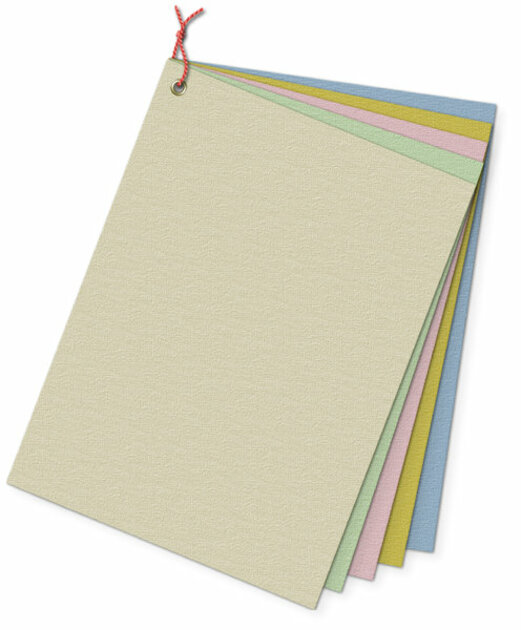
Our Gemara on Amud Beis discusses the prohibition of Shaatnez, a mixing of wool and linen, and how despite this general prohibition, it is permitted to mix wool and linen in Tzitzis.
The Recanti (Ki Tetze 12) “weaves” a Brilliant symbolic explanation of both the prohibition of Shaatnez and why it’s permitted in Tzitzis. I will borrow from what he said, summarize and inject some of my own psychological understanding. It all begins with Kayin and Hevel:
The first two children of Adam and Chavah possessed powers that were split off from their original edenic state. Kayin tended toward the less holy (earth, agriculture, possessions, city living etc), while Hevel tended toward detachment from physicality, hence he was a nomadic shepherd, like our forefathers. Kayin is linen, a textile made from vegetation. Hevel is wool, a textile made from sheep shearings. The deadly clash between Kayin and Hevel represents an immature, non-peaceful confrontation between these two human drives, the physical and the spiritual, which ended in catastrophe.
The prohibition of mixing wool and linen represents paying respect to these two forces and drives and not mixing them indiscriminately. It is fitting that this is in regard to clothing and garments, because in Jungian dream interpretation, clothing represents the way a person chooses to portray and project himself in the world.
However, when all the proper spiritual homework is done, the forces in Kayin and Hevel can live peacefully and in a unified manner. This is why Shaatnez is permitted in Tzitzis. When the “garment” is perfected as represented in Tzitzis, then the wool and linen can be safely combined. The physical and spiritual can be lived simultaneously as discussed in Mesilas Yesharim chapter 26.
Translations Courtesy of Sefaria, except when, sometimes, I disagree with the translation ![]()
If you liked this, you might enjoy my Relationship Communications Guide. Click on the link above.
Rabbi Simcha Feuerman, Rabbi Simcha Feuerman, LCSW-R, DHL is a psychotherapist who works with high conflict couples and families. He can be reached via email at simchafeuerman@gmail.com
 Previous
Previous

